Chemistry
Here, we will cover the various topics regarding the Subject Chemistry for Class 9. The concepts that are mastered in the lower classes help us to crack many entrance exams like JEE Main, JEE Advanced, etc. At ABHYASONLINE. IN you can master the concepts at your own learning pace. It provides conceptual testing with an analytical report identifying the weak, moderate and strong concepts. The student can revise the weak concepts with the help of videos and can attempt the remedial test to know the present level of understanding. We at ABHYASONLINE believe that if the weak concepts are identified and improved then every student can achieve their goals in life. Follow the links below to master each and every concept of various topics in Chemistry along with video lectures.
Explore Chapters
In this section of Matter in Our Surroundings Classification of matter, Compressibility, Density, Evaporation causes cooling, Expansion or contraction, Factors affecting evaporation, Fluidity, General Properties of Liquids, General Properties of Solids, Matter is made up of particles, Melting point and boiling point, Particles of matter are too small to be imagined, Particles of matter attract each other, Particles of matter have spaces between them, Particles of some matter are in constant motion, Physical nature of Matter, Shape and Volume, etc. have been explained. Watch the videos and master the concepts
- Sample Test(s)Test NameSubject(s)Topics / ChaptersQuestions / MarksActionTutorial - 9th - Chemistry [Matter in Our Surroundings I]ChemistryMatter in Our Surroundings I10 / 10View All FREE Test(s)
In this section of Matter in Our Surroundings Absorption of Heat, Boiling and boiling point, Bose Einstein Condensate, Condensation of gases, Difference between Gas and Vapour, Difference between steam and boiling water, Diffusion of gases, Effect of heating and cooling, Freezing, General Properties of Gases, Interconvertibility of the States of Matter, Measurement of temperature, Plasma state of matter, Pressure exerted by gas, Vaporization, etc. have been explained. Watch the videos and master the concepts
- Sample Test(s)Test NameSubject(s)Topics / ChaptersQuestions / MarksActionTutorial - 9th - Chemistry [Matter in Our Surroundings II]ChemistryMatter in Our Surroundings II10 / 10View All FREE Test(s)
A pure substance consists of a single type of particles. Most of the matter around us exist as mixtures of two or more pure components, for example, sea water, minerals, soil etc. are all mixtures. In this section of Is Matter Around Us Pure Aqueous and Non Aqueous Solution, Colloids, Compound, Concentration of Solution Percentage by Mass, Concentration of Solution Percentage by Volume, Effect of Temperature and Pressure on Solubility, Elements, Mixture, Non Aqueous Solution, Physical and Chemical Change, Properties of Mixture, Pure Substances, Saturated and Unsaturated Solution, Saturated Solution, Solubility, Solute and Solvent, Solutions, Solvents, Suspension, True Solutions, Tyndal Effect, etc. have been explained. Watch the videos and master the concepts
- Sample Test(s)Test NameSubject(s)Topics / ChaptersQuestions / MarksActionTutorial - 9th - Chemistry [Is Matter Around Us Pure I]ChemistryIs Matter Around Us Pure I10 / 10View All FREE Test(s)
A pure substance consists of a single type of particles. Most of the matter around us exist as mixtures of two or more pure components, for example, sea water, minerals, soil etc. are all mixtures. In this section of Is Matter Around Us Pure Centrifugation Churning, Chromatography, Crystallization, Distillation, Evaporation, Filtration, Fractional Distillation, Hand Picking Technique, Magnetic Separation, Purification of water, Sedimentation, Separation of the constituents of air, Sieving Technique, Sublimation, Use of Separating Funnel, etc. have been explained. Watch the videos and master the concepts
- Sample Test(s)Test NameSubject(s)Topics / ChaptersQuestions / MarksActionTutorial - 9th - Chemistry [Is Matter Around Us Pure II]ChemistryIs Matter Around Us Pure II10 / 10View All FREE Test(s)
In this Section of Atom, Molecule and ions we will read Atomic Mass Unit, Atomicity, Atoms, Characteristics of Atoms, Compound Molecules, Elementary Molecules, Formula of Binary Compounds, Gram Atomic Mass, Ions, Law of Conservation of Mass or Matter, Law of Constant or Definite Proportion, Laws of Chemical Combination, Molecule, Postulates of Dalton Atomic Theory, Properties of Molecules, Relative Atomic Mass, Rules for assigning Symbols, Size of an Atom, Types of Molecules, Valency, Valency of an Ion, Variable Valency, etc., Watch the videos and master the concepts
- Sample Test(s)Test NameSubject(s)Topics / ChaptersQuestions / MarksActionTutorial - 9th - Chemistry [Atom Molecules and Ions I]ChemistryAtom Molecules and Ions I10 / 10View All FREE Test(s)
In this section of Atom, Molecules and Ions we will read Chemical Equations, Empirical Formula, Formula Unit Mass, Gram Molecular Mass, Molecular Formula, Moleculas Mass and Relative Molecular Mass, Percentage Composition, Radicals, Relation Between Empirical and Molecular Formulae, Significance of the Mole, The Mole Concept, Writing Formula on The Basis of Valency, etc., Watch the videos and master the concepts
- Sample Test(s)Test NameSubject(s)Topics / ChaptersQuestions / MarksActionTutorial - 9th - Chemistry [Atom Molecules and Ions II]ChemistryAtom Molecules and Ions II10 / 10View All FREE Test(s)
Atomic structure comprises of a nucleus in which protons, neutrons, electrons are present. The structure of atom can be understood with Dalton, Thomson, or Rutherford Model. In this section of Atomic Structure Anode rays, Cathode Rays, Characteristics of Electrons, Characteristics of Protons, Defects of Rutherford Model, Discharge of Electricity through Gases, Discovery of Neutrons, Origin of Cathode Rays, Origin of Positive rays, Properties of Anode Rays, Properties of Cathode Rays, etc. have been explained. Watch the videos and master the concepts
- Sample Test(s)Test NameSubject(s)Topics / ChaptersQuestions / MarksActionMOCK (F) - 9th - Chemistry [Atomic Structure I, Atomic Structure II]ChemistryAtomic Structure I, Atomic Structure II10 / 10Tutorial - 9th - Chemistry [Atomic Structure I]ChemistryAtomic Structure I10 / 10View All FREE Test(s)
Atomic structure comprises of a nucleus in which protons, neutrons, electrons are present. The structure of atom can be understood with Bohr Model of the Atom. In this section of Atomic Structure Atomic Number, Bohr Model of The Atom Modern Atomic Theory, Combining Capacity or Valency of Elements, Electronic Configuration, Formation of Ions, Isobars, Isotopes, Mass Number, Significance of Electronic Configuration, Subshells, Valence Shell and Valence Electrons, etc. have been explained. Watch the videos and master the concepts
- Sample Test(s)Test NameSubject(s)Topics / ChaptersQuestions / MarksActionMOCK (F) - 9th - Chemistry [Atomic Structure I, Atomic Structure II]ChemistryAtomic Structure I, Atomic Structure II10 / 10Tutorial - 9th - Chemistry [Atomic Structure II]ChemistryAtomic Structure II10 / 10View All FREE Test(s)
Explore Concepts (Click & View)
- Substance
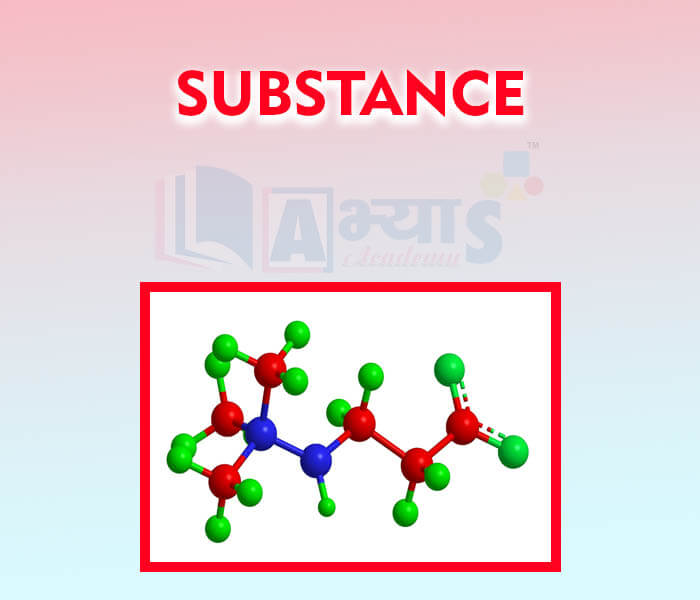
- Classification of matter

- Physical nature of Matter

- Matter is made up of particles

- Particles of matter are too small to be imagined
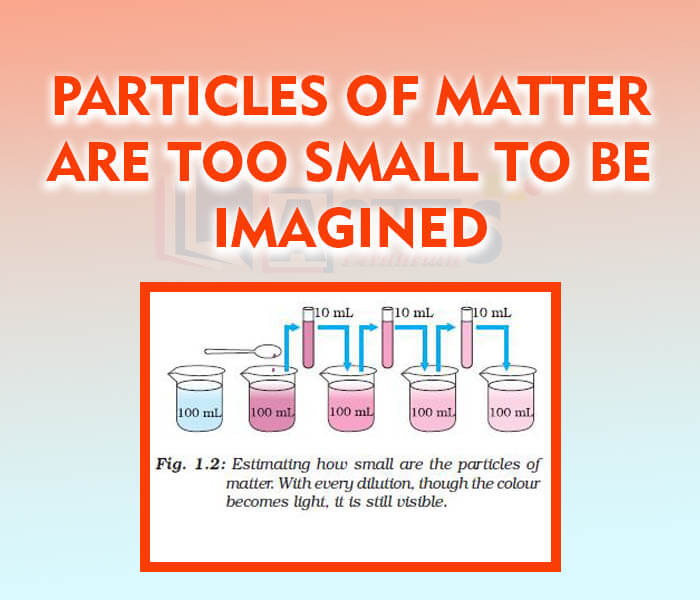
- Particles of some matter are in constant motion

- Particles of matter attract each other
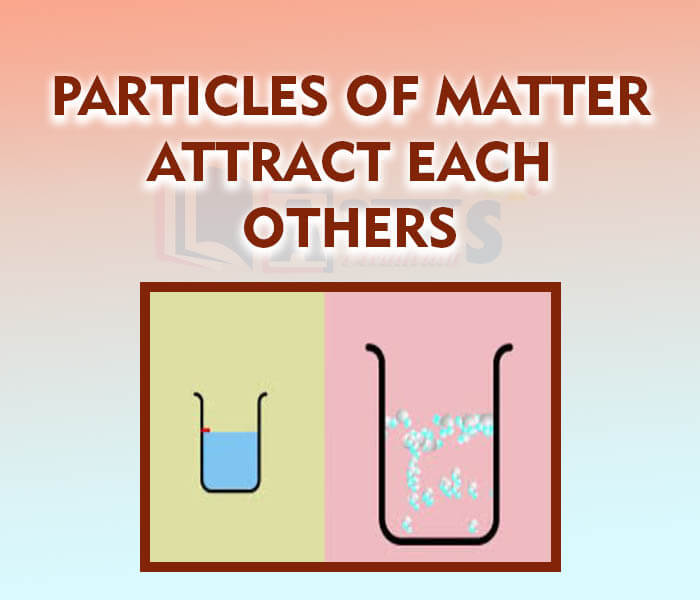
- Particles of matter have spaces between them
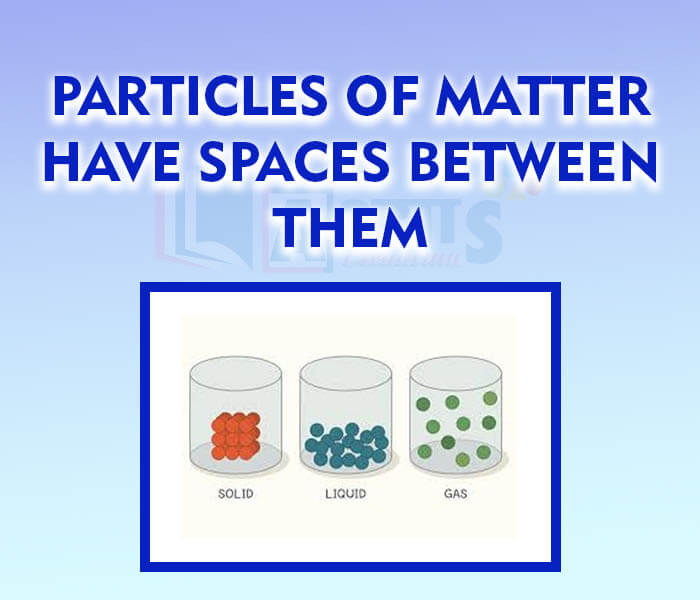
- General Properties of Solids
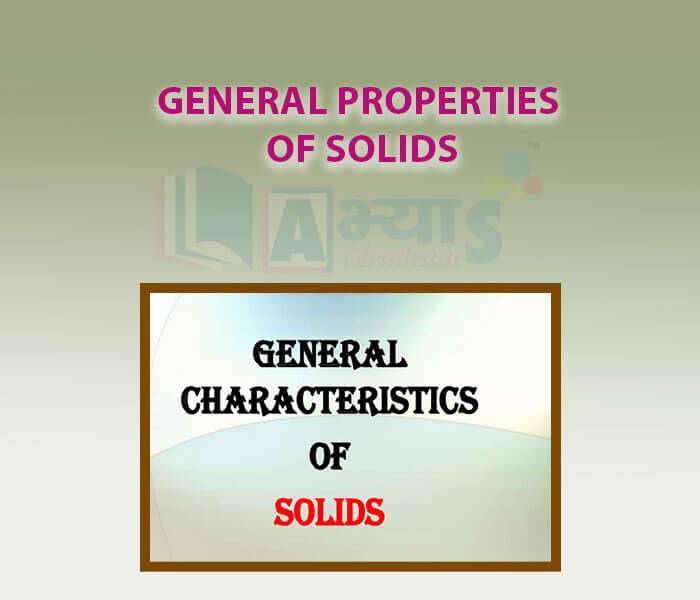
- General Properties of Liquids
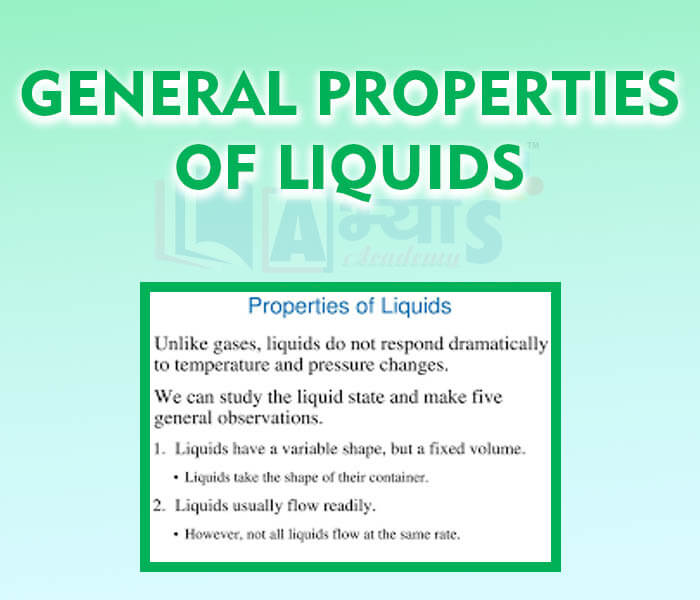
- Shape and Volume of Solid Liquid and Gases
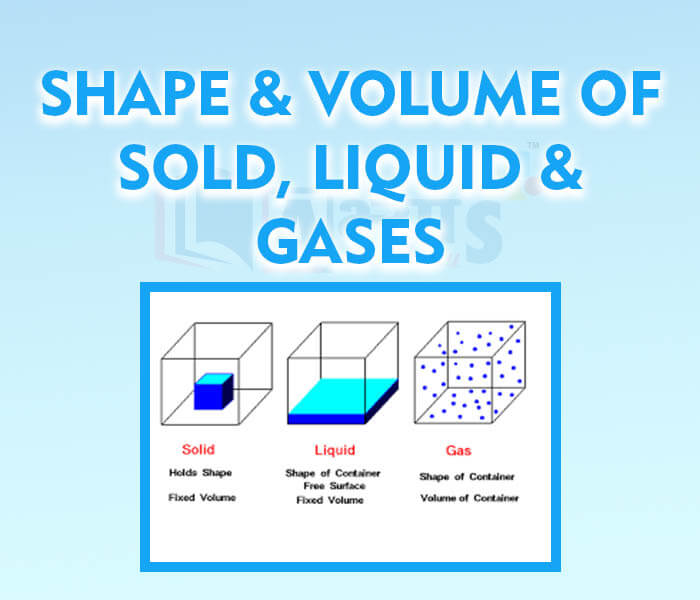
- Density
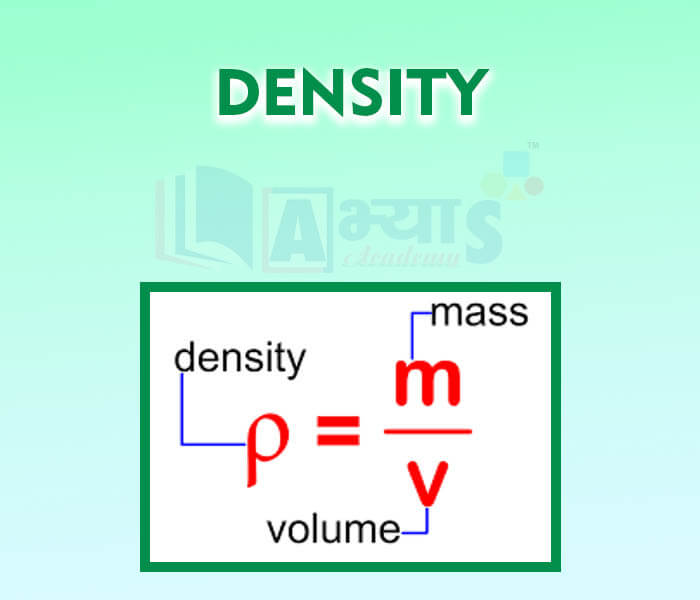
- Melting point and boiling point
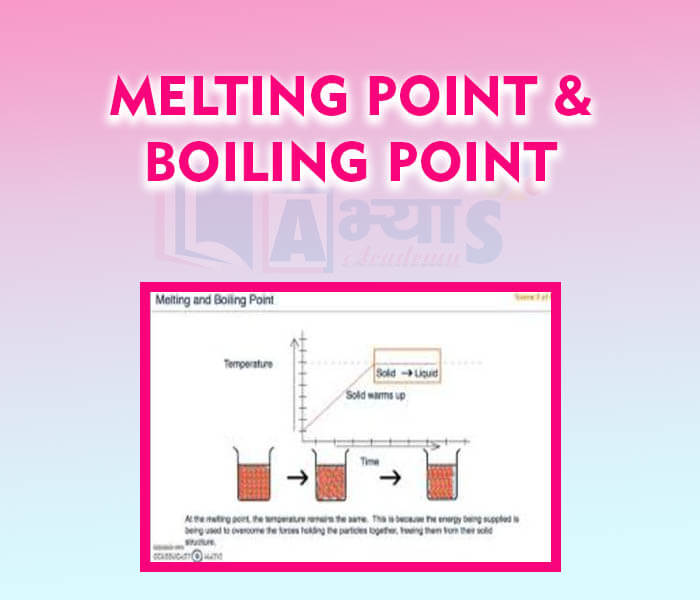
- Compressibility

- Fluidity

- Expansion or contraction

- Factors affecting evaporation
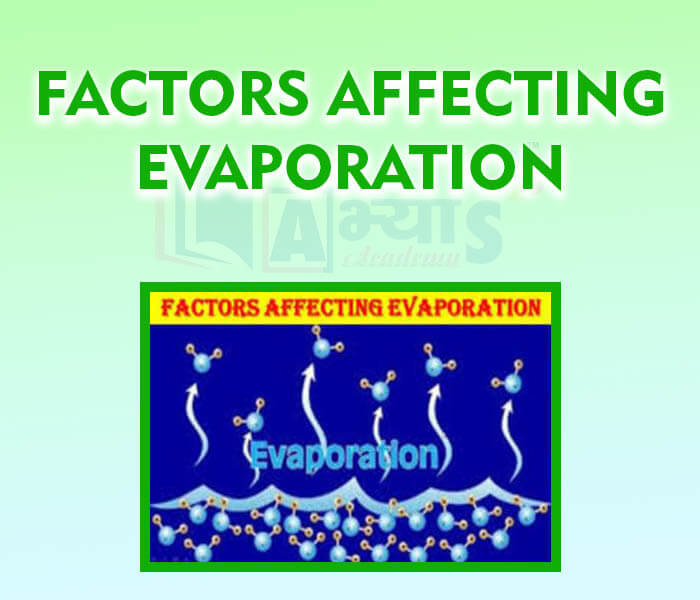
- Evaporation causes cooling

Explore Concepts (Click & View)
- General Properties of Gases
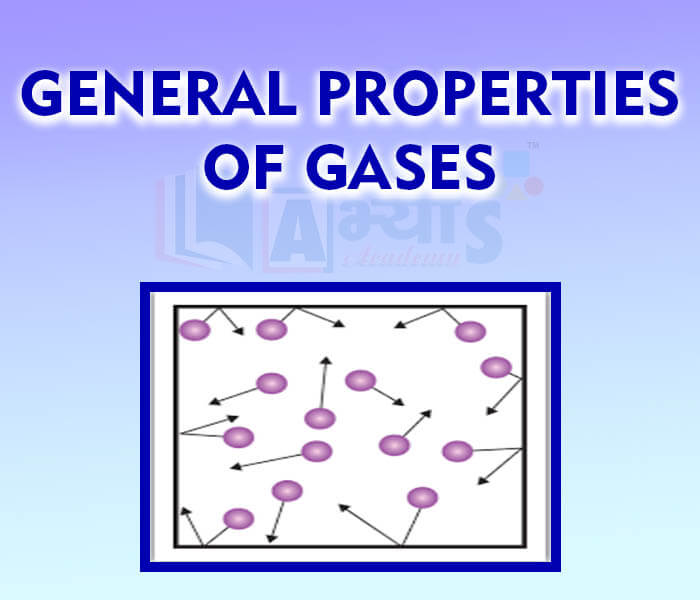
- Effect of heating and cooling
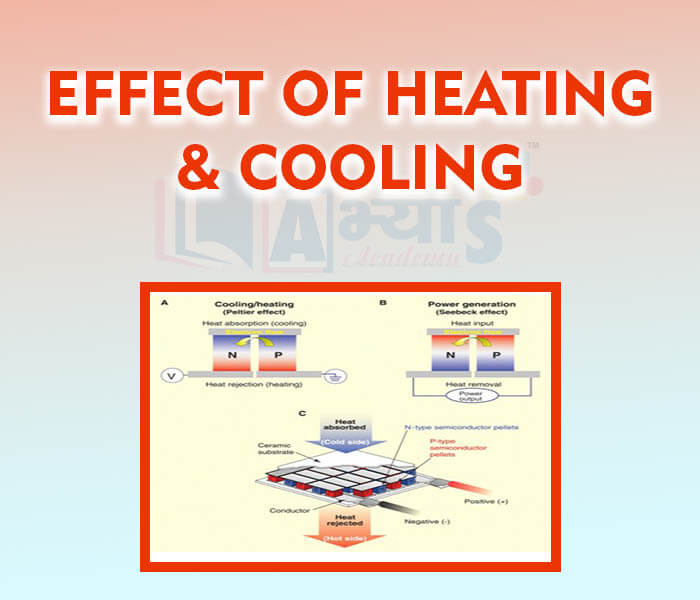
- Diffusion of gases

- Condensation of gases
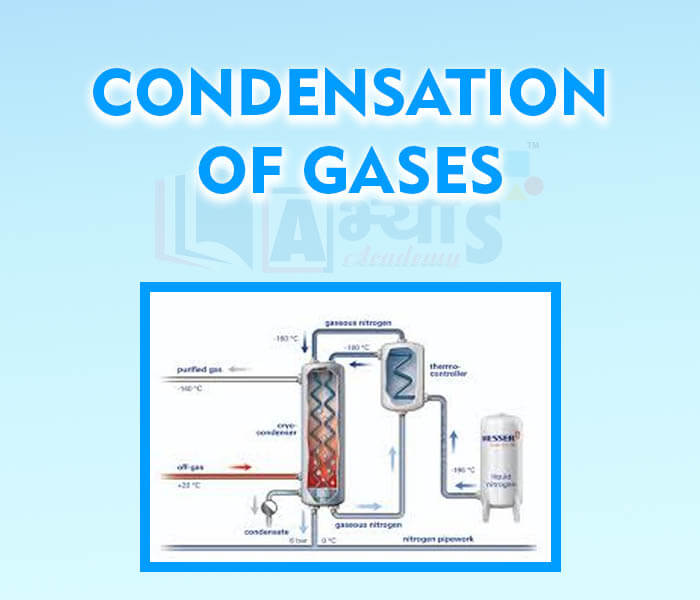
- Pressure exerted by gas
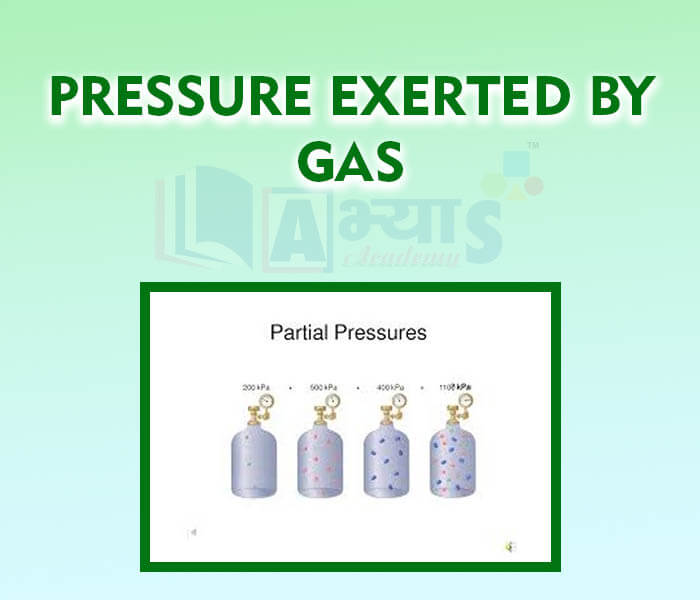
- Interconvertibility of the States of Matter

- Freezing

- Difference between steam and boiling water

- Boiling and boiling point

- Vaporization

- Measurement of temperature

- Difference between Gas and Vapour
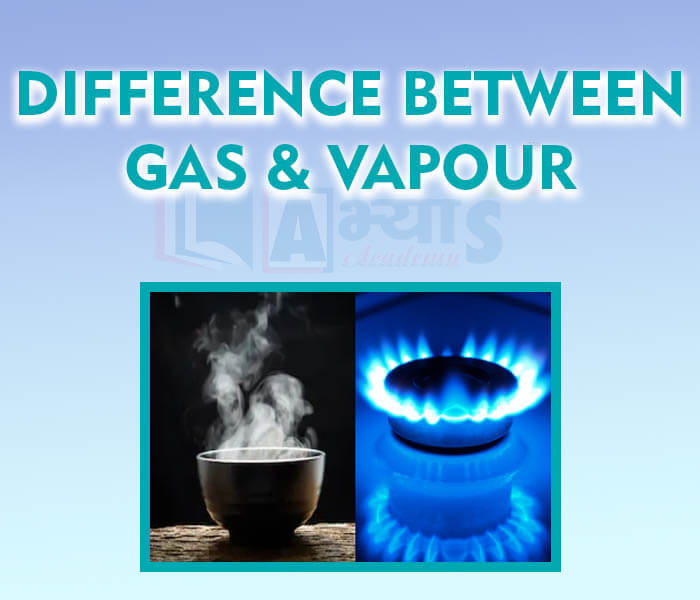
- Absorption of Heat
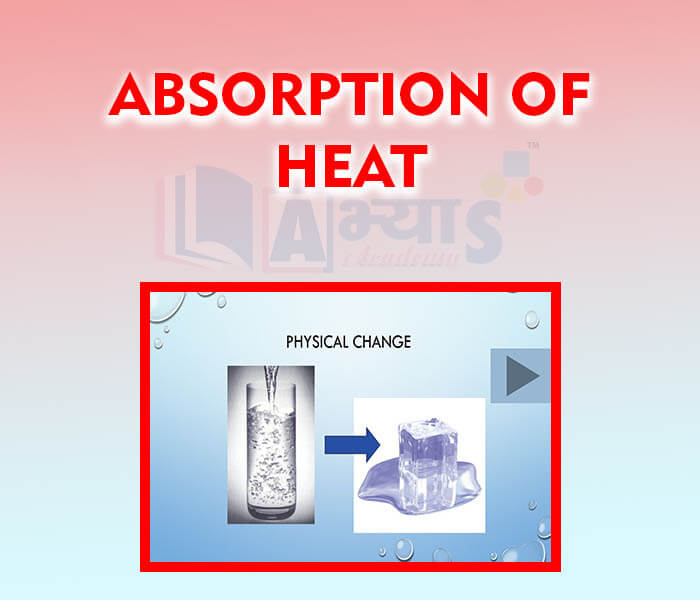
- Plasma state of matter
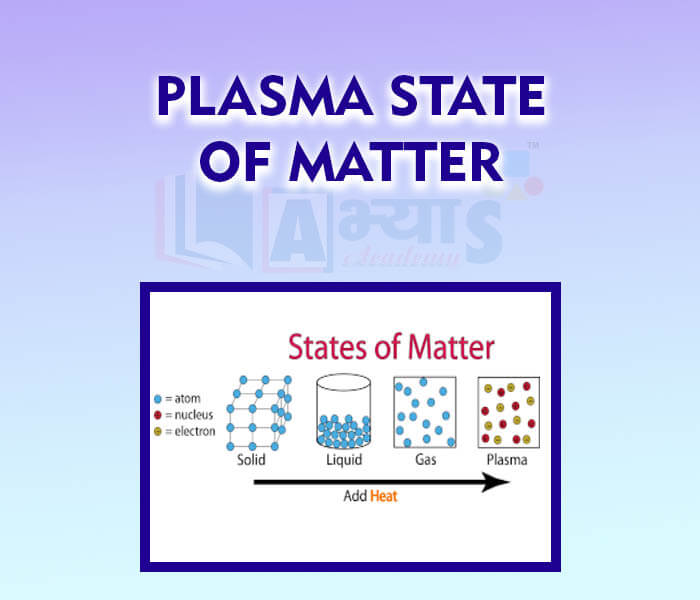
- Bose Einstein Condensate
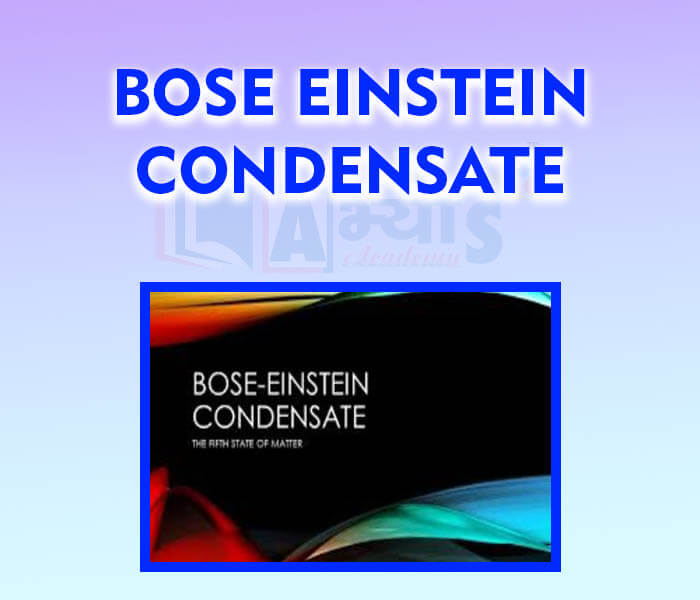
Explore Concepts (Click & View)
- Physical and Chemical Change
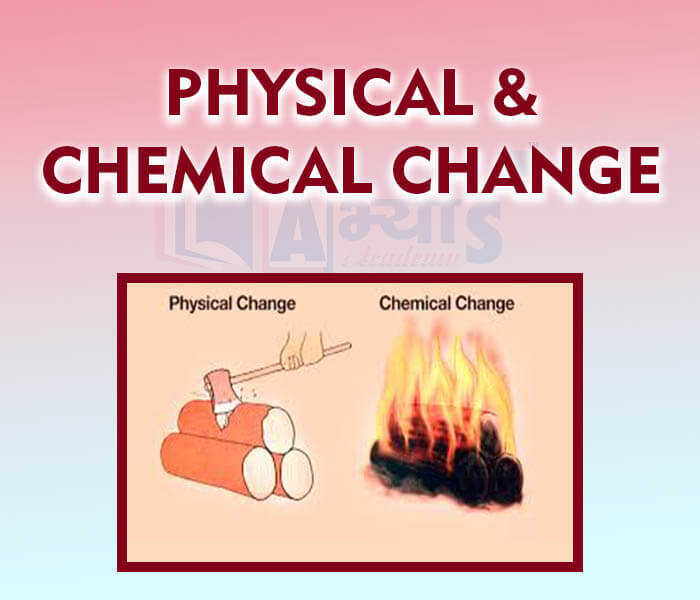
- Pure Substances
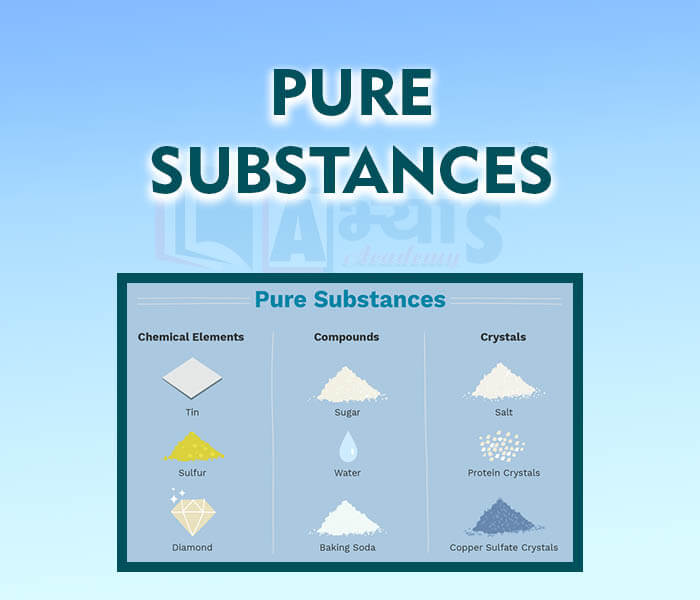
- Elements

- Compound
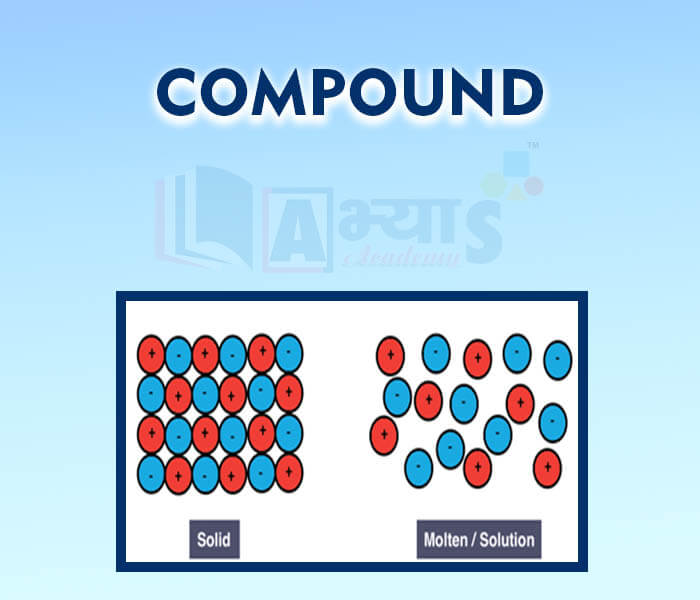
- Mixture
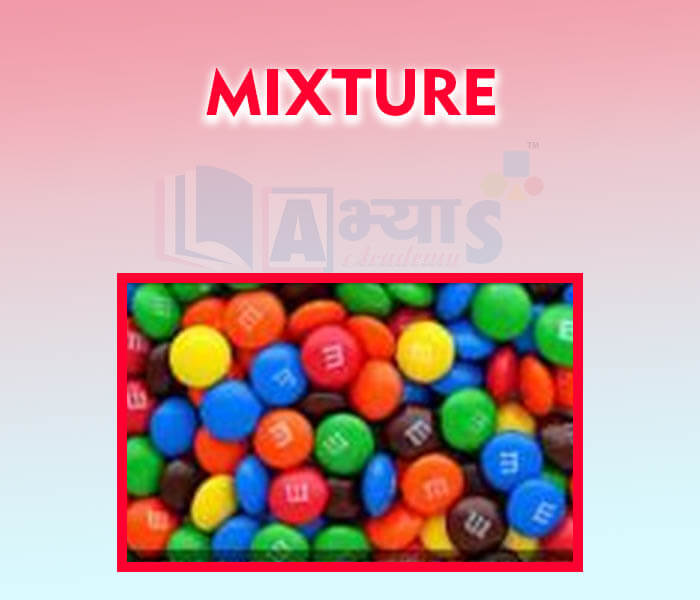
- Properties of Mixture
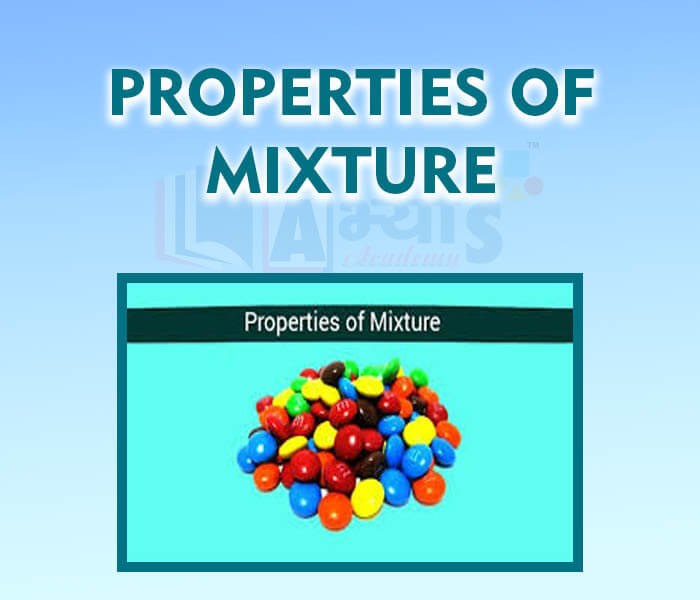
- Types of Mixtures
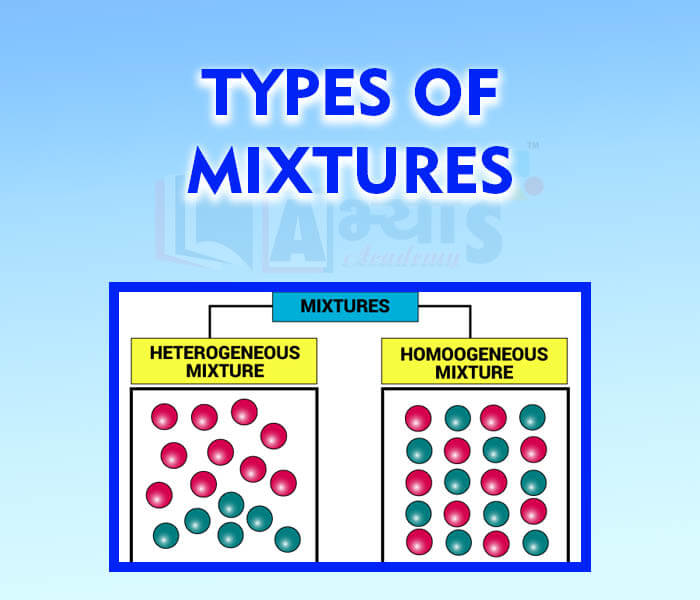
- Solutions
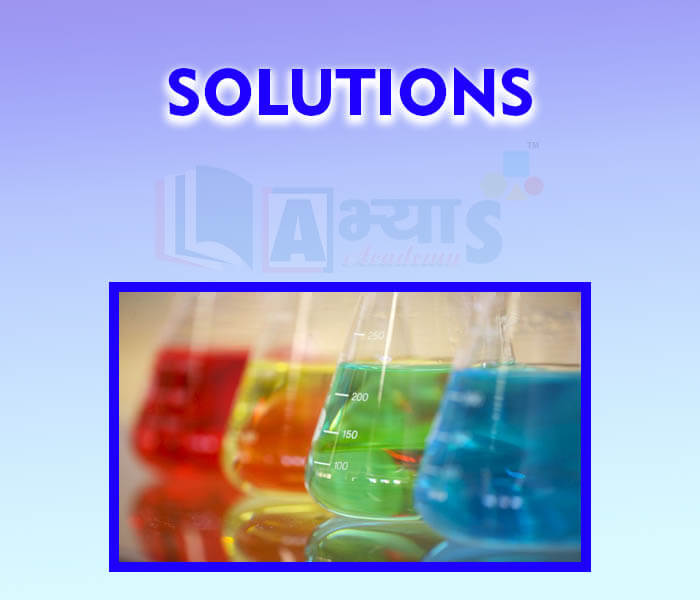
- Solute and Solvent

- Aqueous and Non Aqueous Solution

- Saturated and Unsaturated Solution

- Solubility
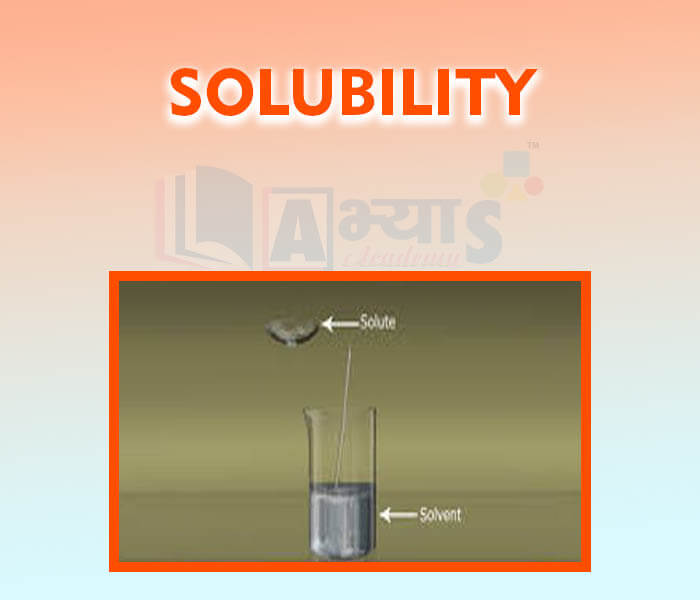
- Effect of Temperature and Pressure on Solubility

- Suspension
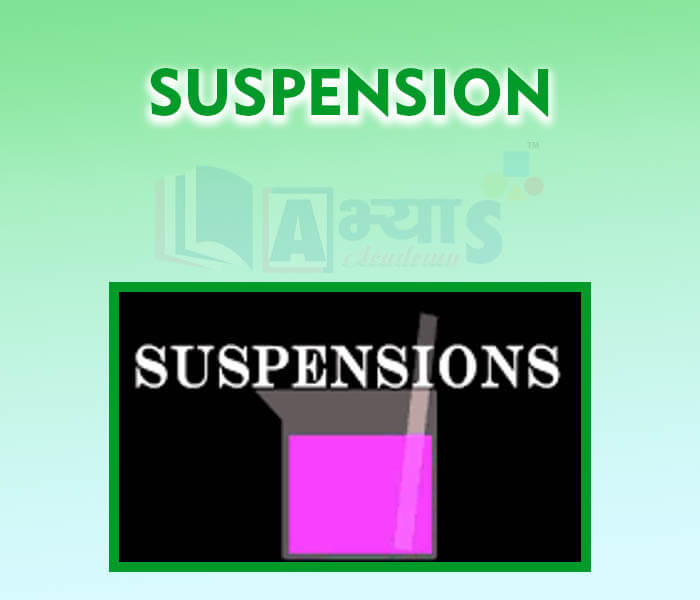
- Colloids
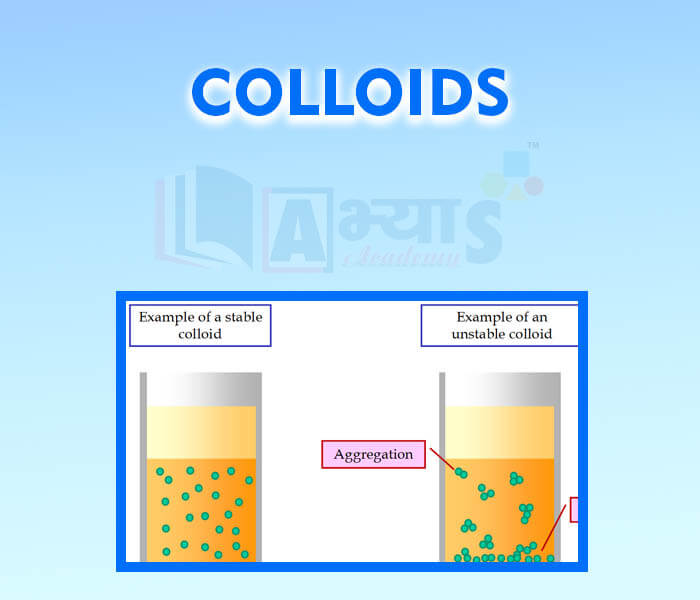
- Tyndall Effect

- Different Types of Colloids
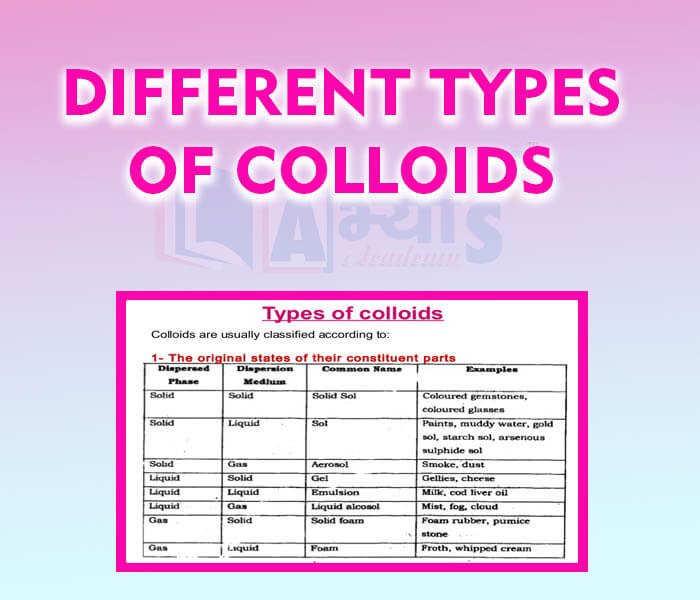
- Concentration of Solution Percentage by Mass

- Concentration of Solution Percentage by Volume

Explore Concepts (Click & View)
- Hand Picking Technique

- Sieving Technique

- Sedimentation Technique
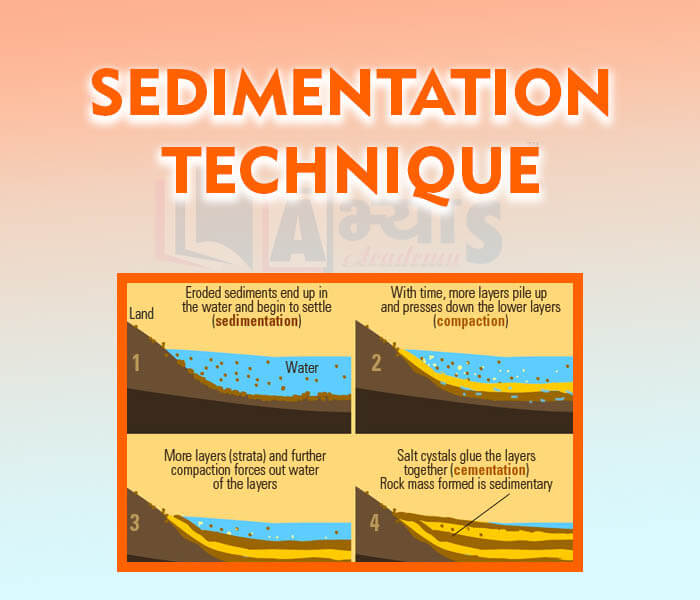
- Centrifugation Or Churning
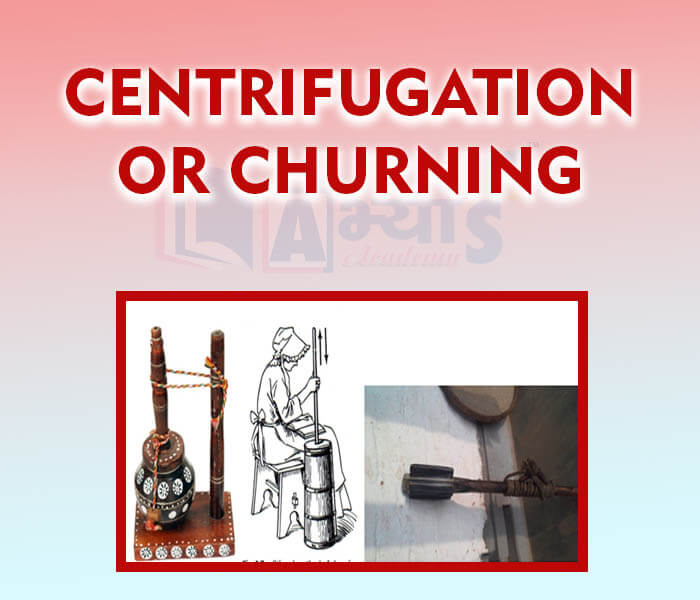
- Filtration Technique

- Magnetic Separation
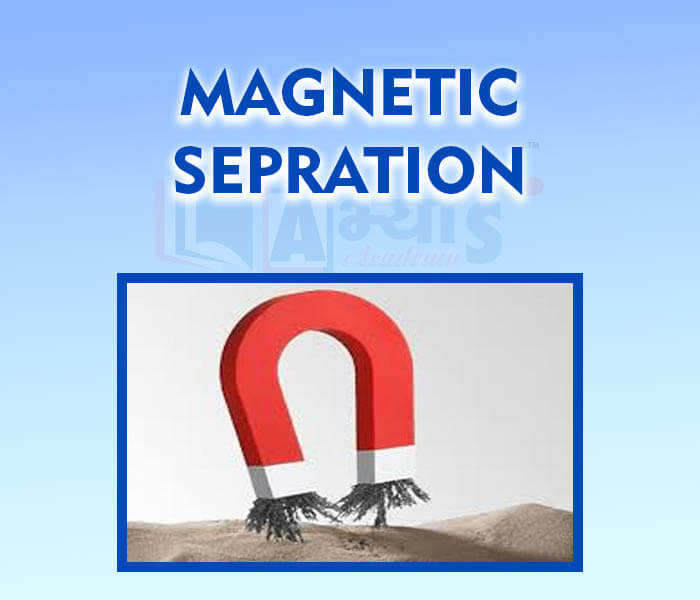
- Sublimation Technique

- Evaporation Technique

- Crystallization

- Distillation Technique
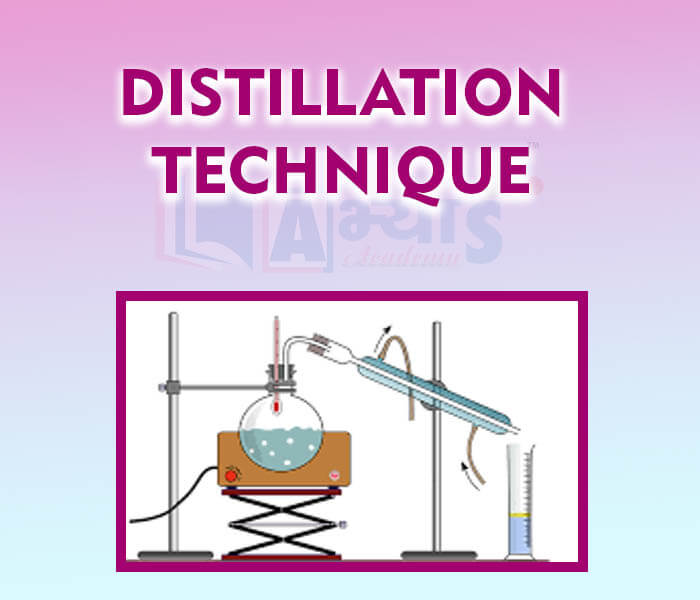
- Fractional Distillation

- Use of Separating Funnel
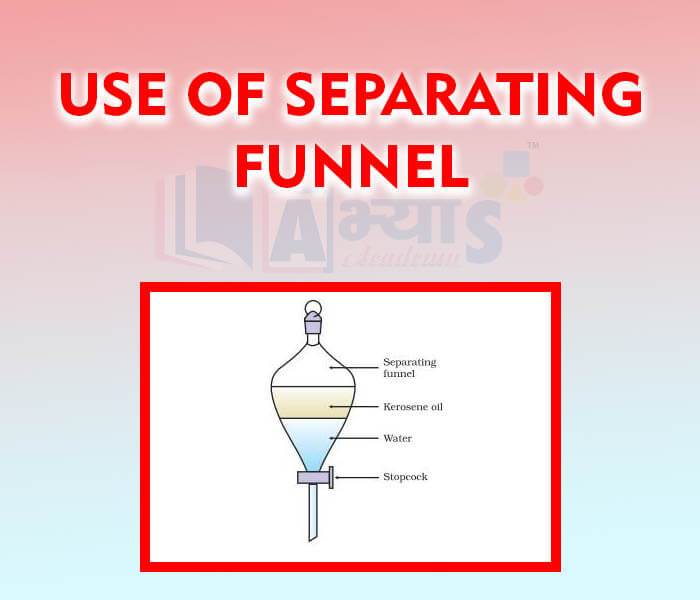
- Chromatography Technique

- Separation of the constituents of air

- Purification of water

Explore Concepts (Click & View)
- Laws of Chemical Combination

- Law of Conservation of Mass or Matter
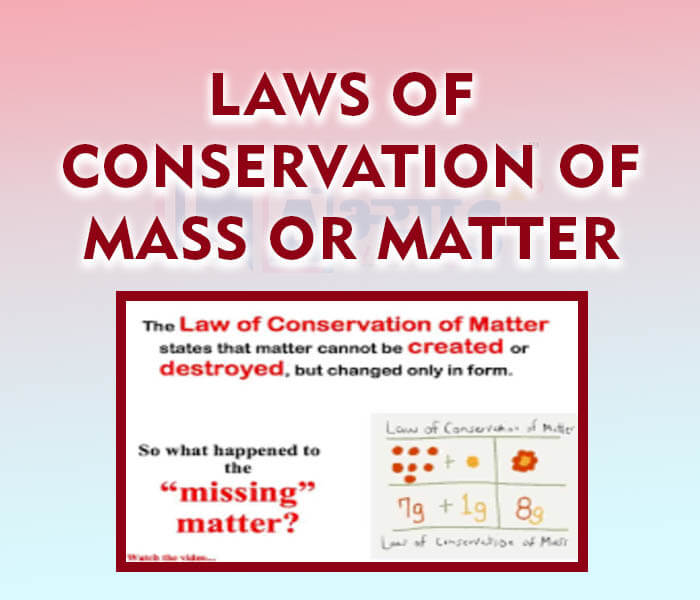
- Law of Constant or Definite Proportion
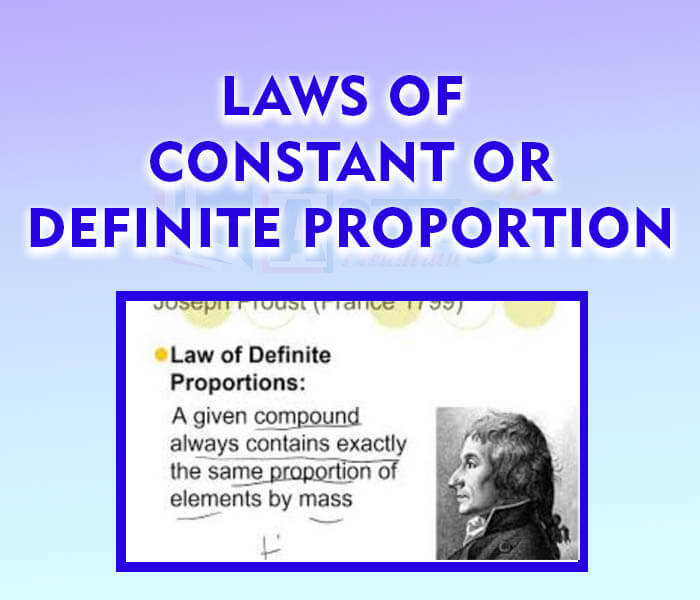
- Postulates of Dalton Atomic Theory

- Atoms
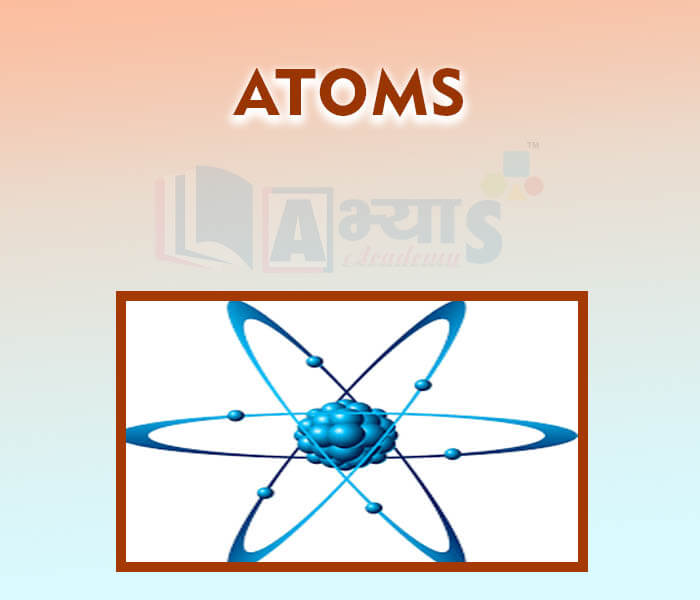
- Characteristics of Atoms
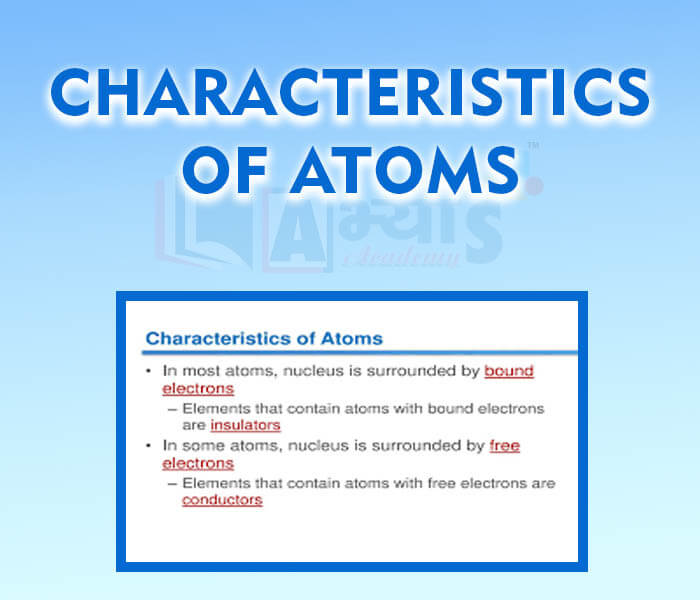
- Size of an Atom
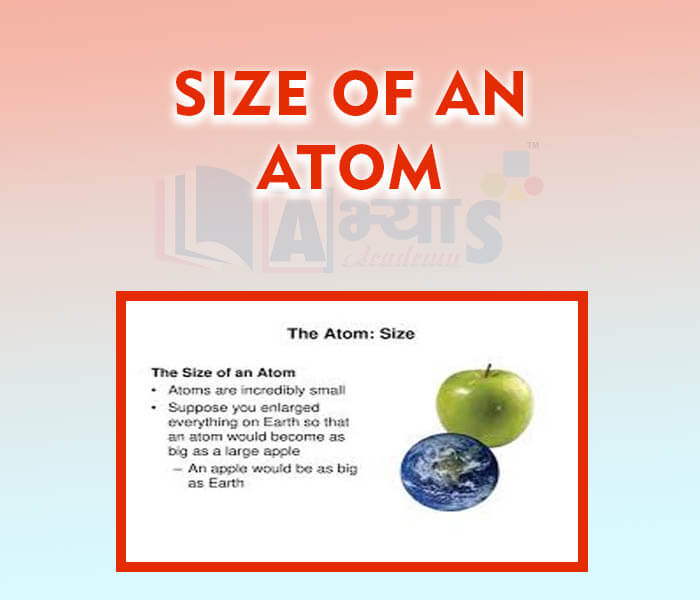
- Rules for assigning Symbols
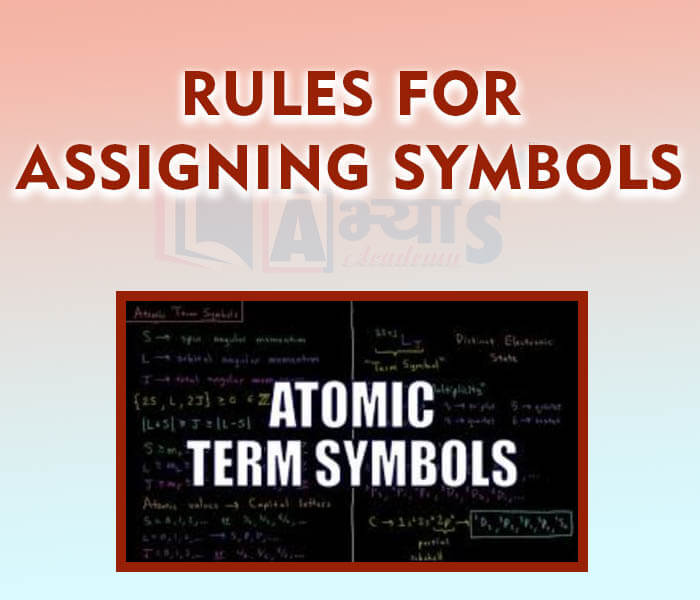
- Gram Atomic Mass
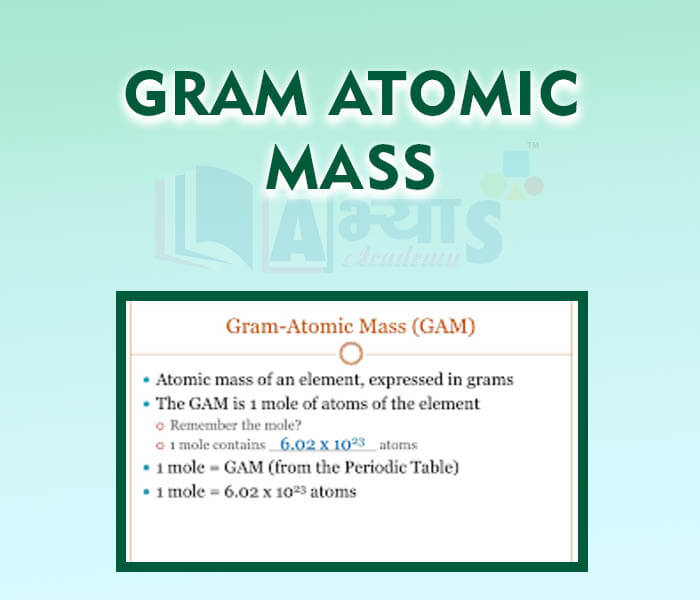
- Relative Atomic Mass

- Atomic Mass Unit
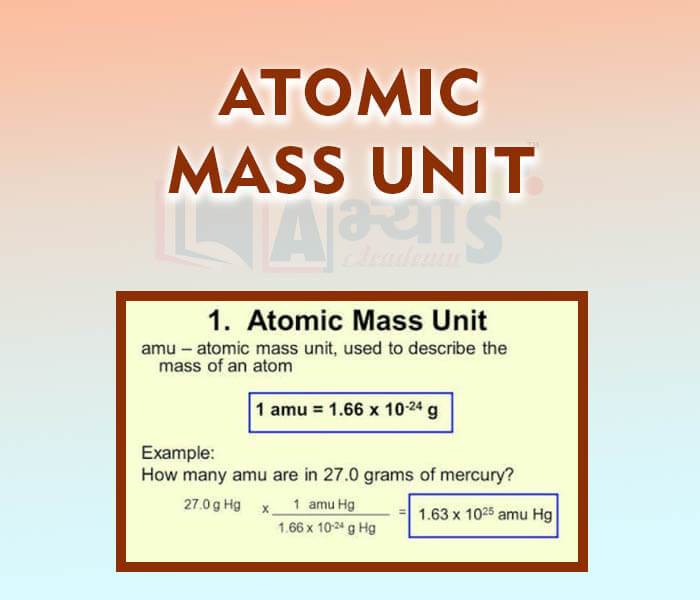
- Molecule

- Properties of Molecules
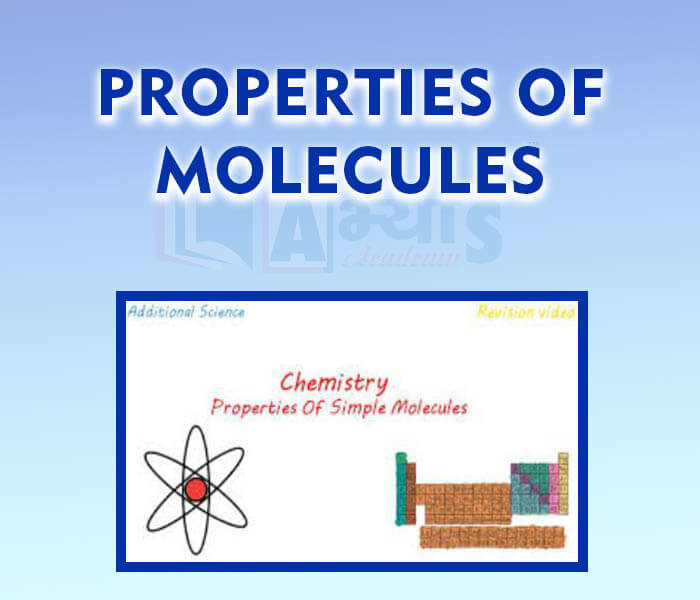
- Atomicity
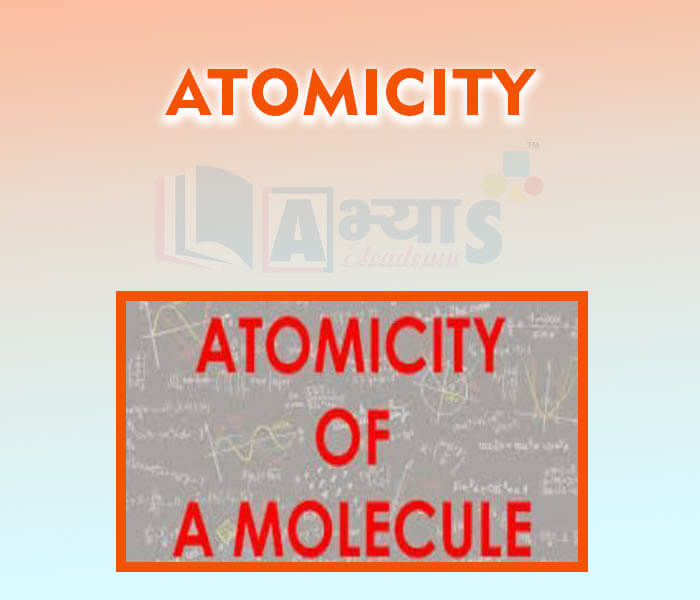
- Ions

- Valency
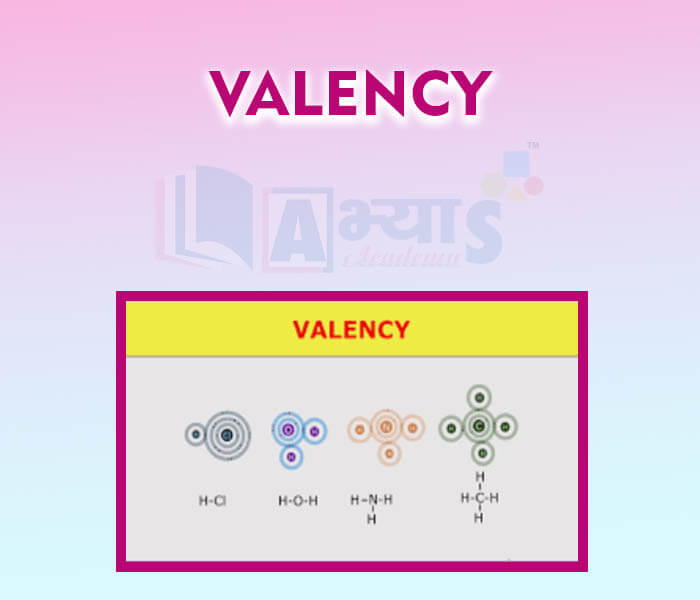
- Valency of an Ion

- Variable Valency

- Formula of Binary Compounds

- Symbols of Atoms and elements
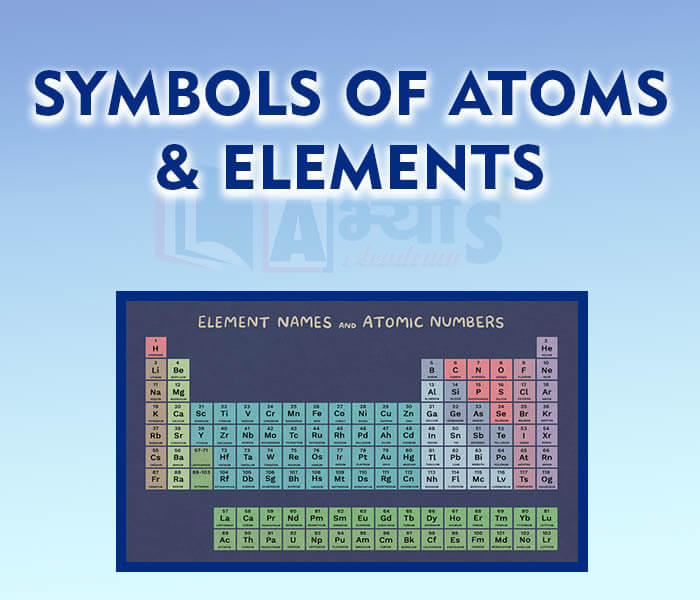
Explore Concepts (Click & View)
- Empirical Formula
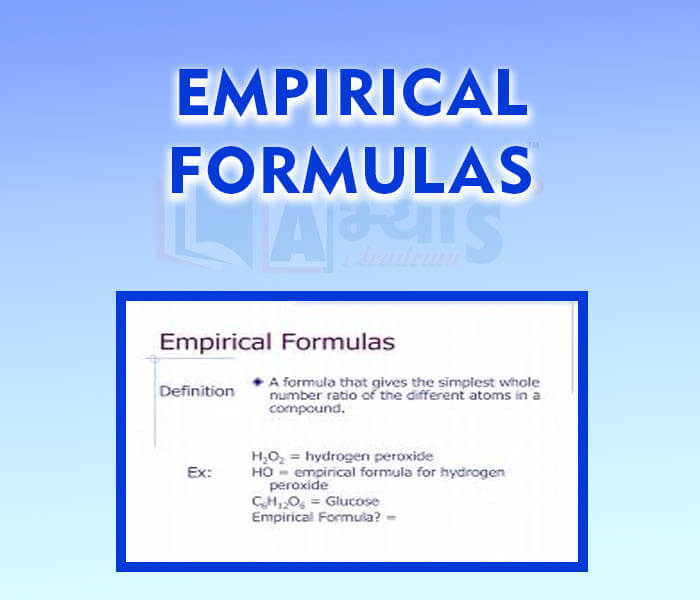
- Molecular Formula
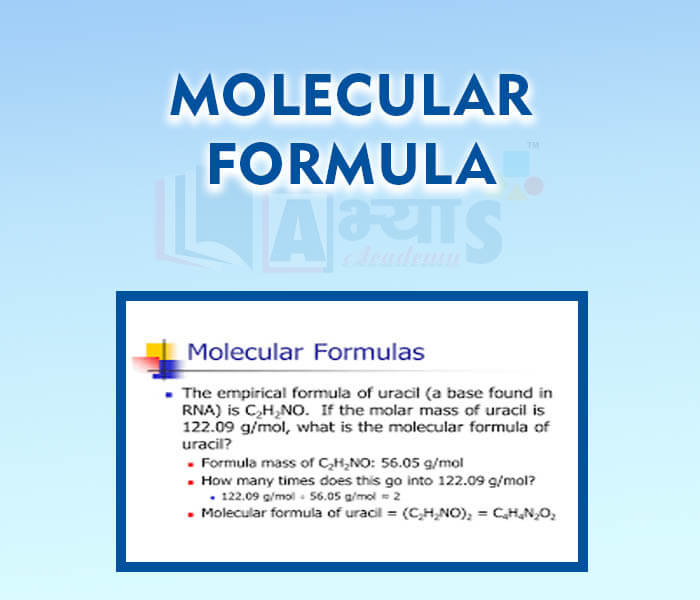
- Relation Between Empirical and Molecular Formulae

- Radicals

- Molecular Mass and Relative Molecular Mass
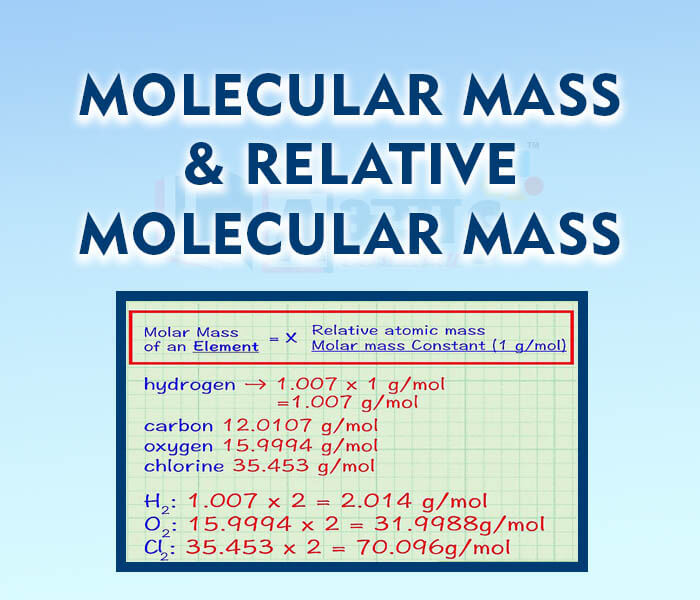
- Gram Molecular Mass
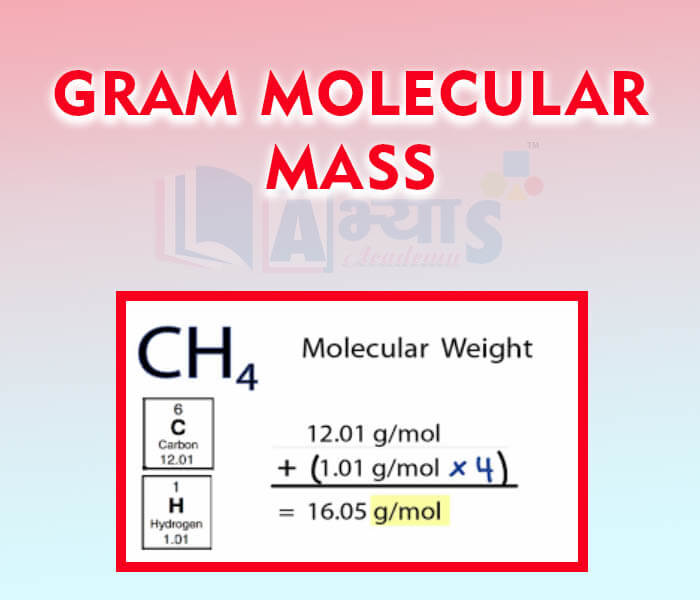
- Formula Unit Mass
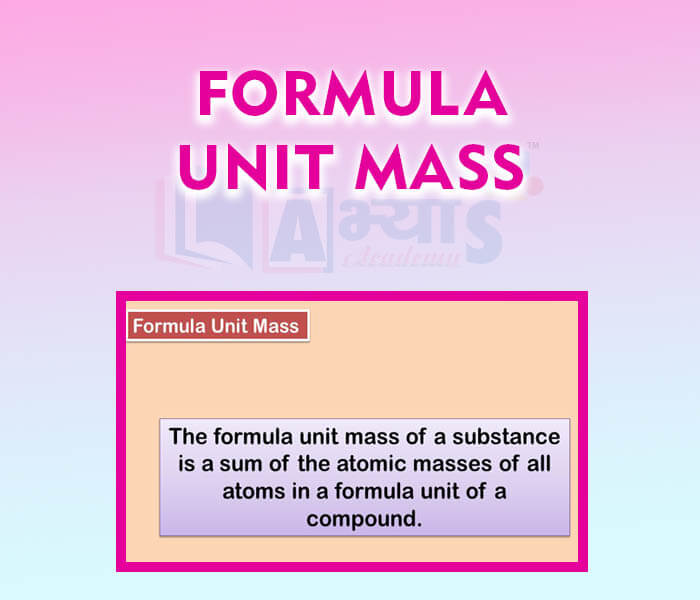
- Chemical Equations
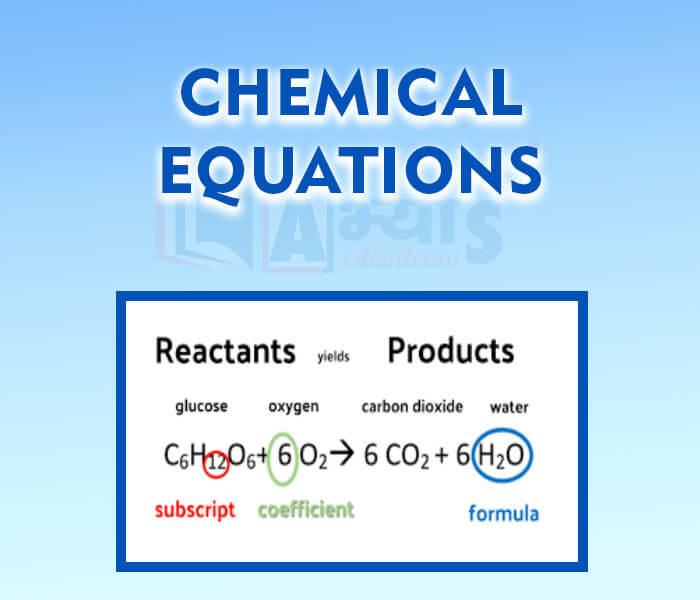
- The Mole Concept
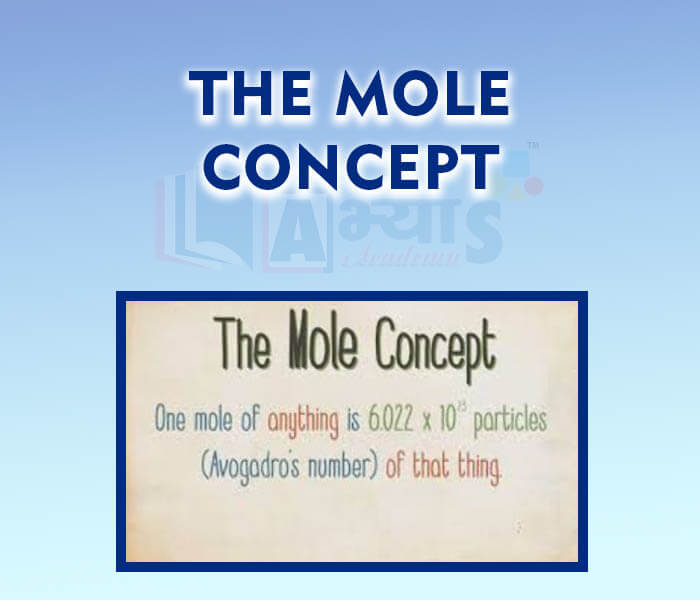
- Significance of the Mole
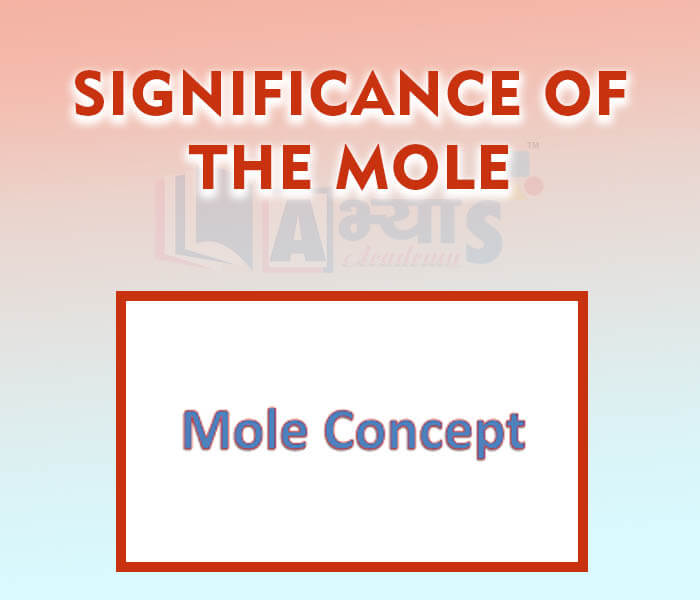
- Percentage Composition

Explore Concepts (Click & View)
- Discharge of Electricity through Gases

- Cathode Rays
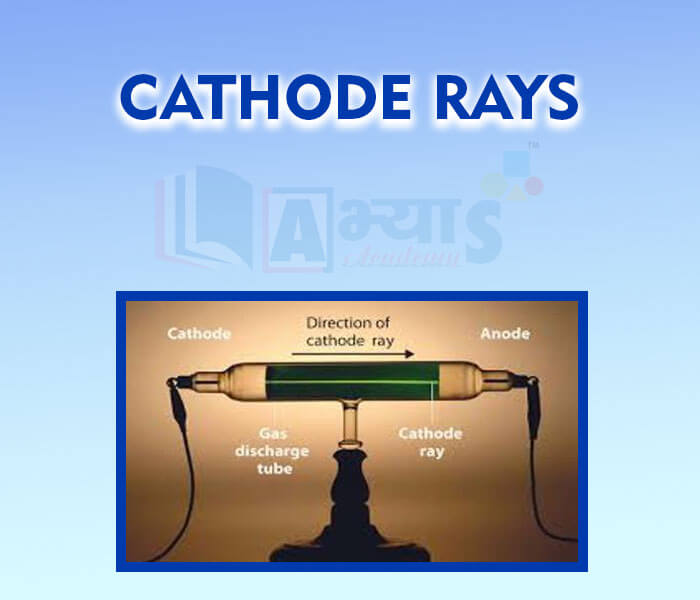
- Properties of Cathode Rays

- Characteristics of Electrons
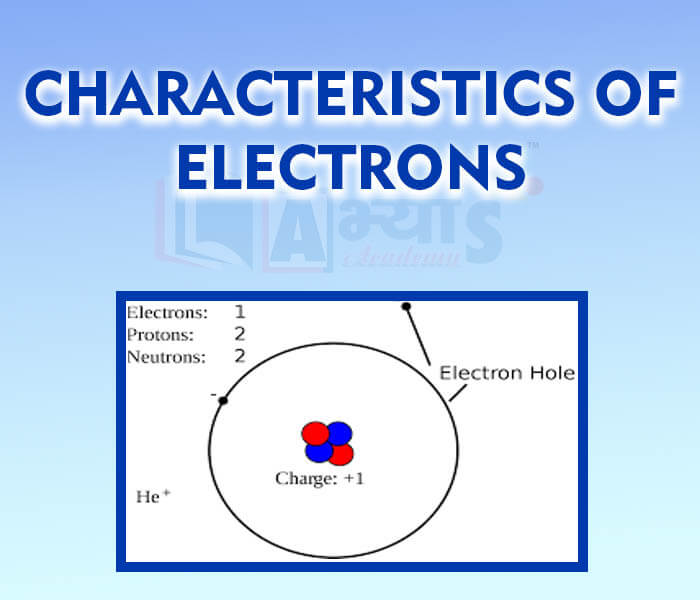
- Anode rays

- Properties of Anode Rays
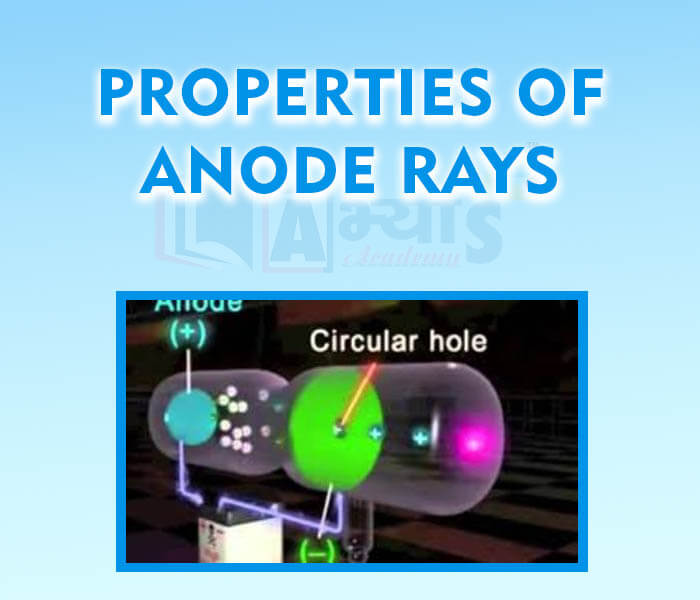
- Characteristics of Protons
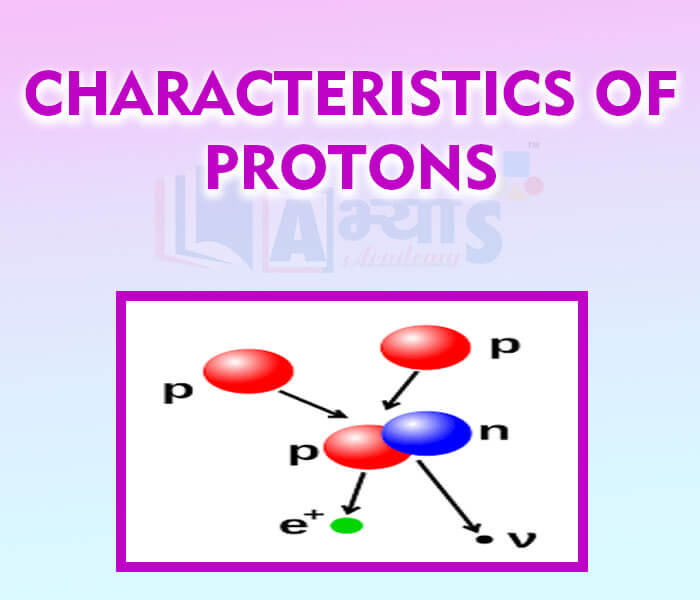
- Thomsons Model of the Atom
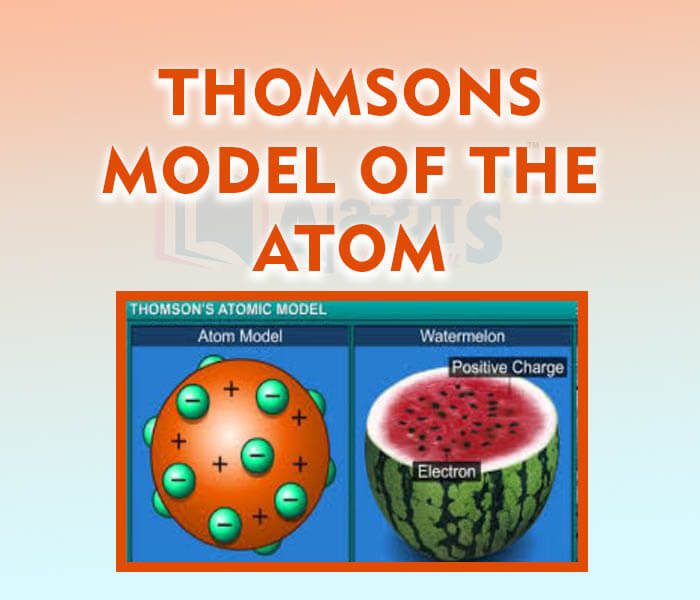
- Rutherford Experiment
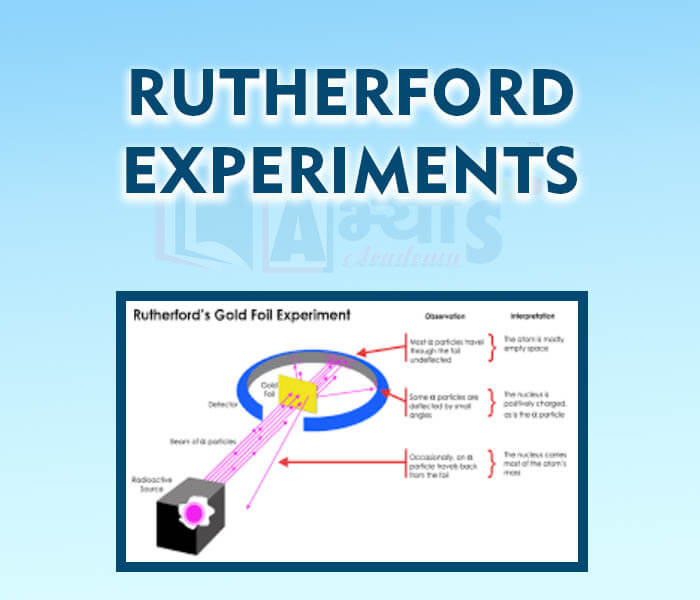
- Rutherford Model of the Atom

- Defects of Rutherford Model

- Discovery of Neutrons
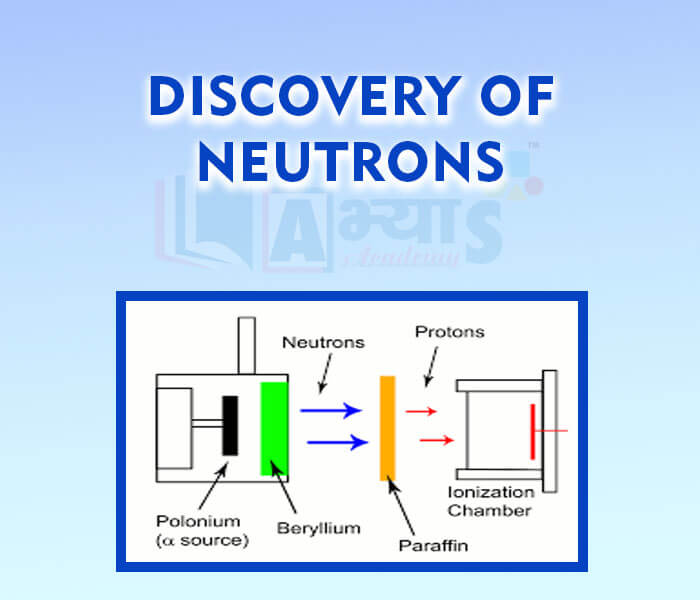
Explore Concepts (Click & View)
- Bohr Model of The Atom Modern Atomic Theory

- Electronic Configuration
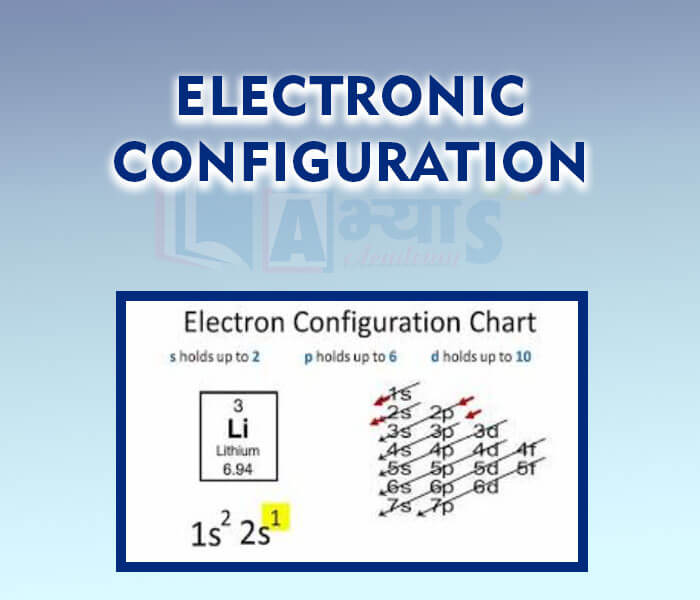
- Significance of Electronic Configuration
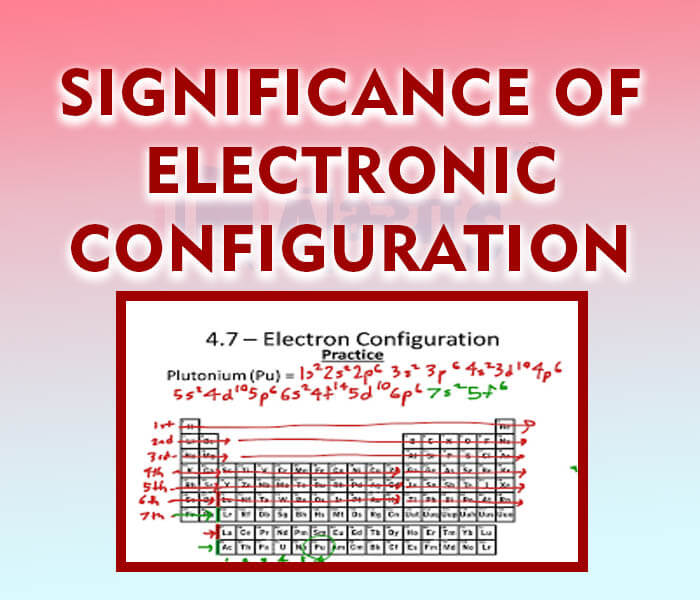
- Subshells

- Valence Shell and Valence Electrons
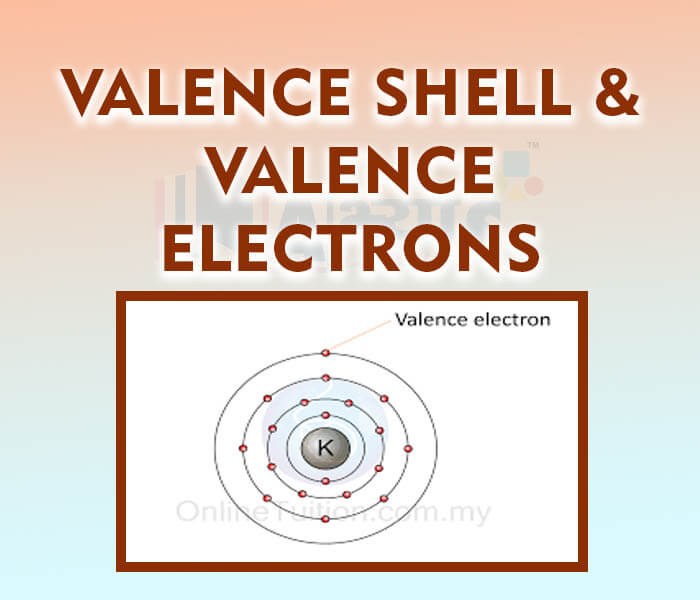
- Atomic Number

- Mass Number
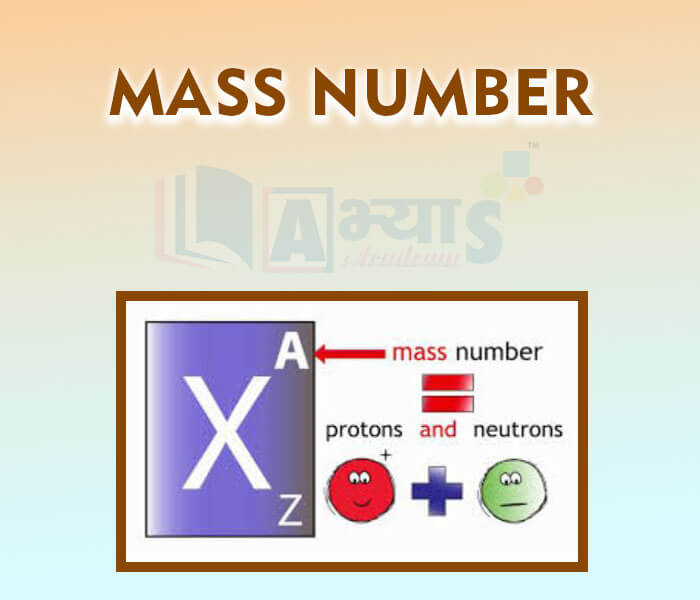
- Isotopes
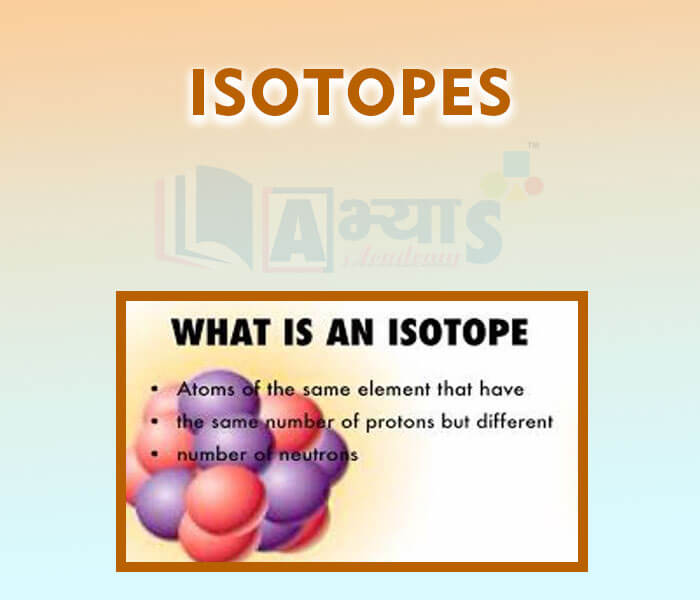
- Isobars

- Combining Capacity or Valency of Elements
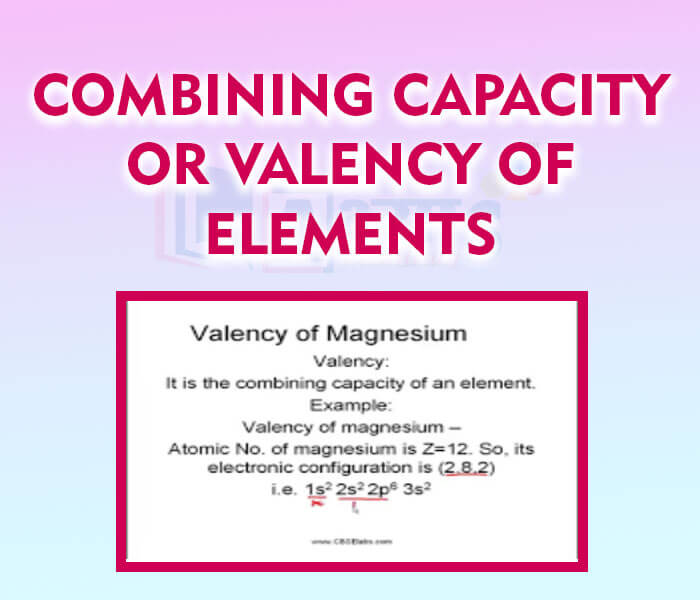
- Formation of Ions
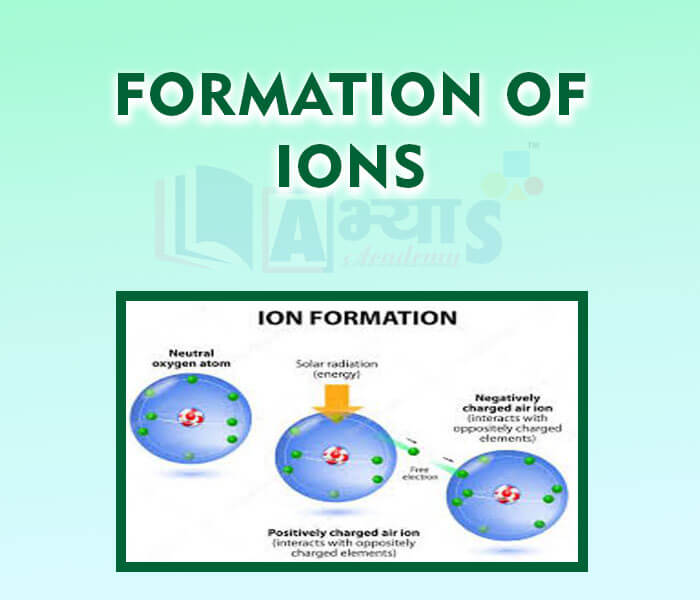
Students / Parents Reviews [20]
We started with lot of hope that Abhyas will help in better understnding of complex topics of highers classes. we are not disappointed with the progress our child has made after attending Abhyas. Though need to mention that we expected a lot more. On a scale of 1-10, we would give may be 7.

Manya
8thI have spent a wonderful time in Abhyas academy. It has made my reasoning more apt, English more stronger and Maths an interesting subject for me. It has given me a habbit of self studying

Yatharthi Sharma
10thMy experience with Abhyas academy is very nice or it can be said wonderful. I have been studying here from seven class. I have been completing my journey of three years. I am tinking that I should join Abhyas Academy in tenth class as I am seeing much improvement in Maths and English

Hridey Preet
9thMy experience with Abhyas Academy has been very good. When I was not in Abhyas whenever teacher ask questions I could not speak it confidently but when I came in Abhyas, my speaking skills developed and now I am the first one to give the answer of teachers question.

Upmanyu Sharma
7thIt has a great methodology. Students here can get analysis to their test quickly.We can learn easily through PPTs and the testing methods are good. We know that where we have to practice

Barkha Arora
10thOne of the best institutes to develope a child interest in studies.Provides SST and English knowledge also unlike other institutes. Teachers are co operative and friendly online tests andPPT develope practical knowledge also.

Aman Kumar Shrivastava
10thWhen I have not joined Abhyas Academy, my skills of solving maths problems were not clear. But, after joining it, my skills have been developed and my concepts of science and SST are very well. I also came to know about other subjects such as vedic maths and reasoning.

Sharandeep Singh
7thMy experience with Abhyas is very good. I have learnt many things here like vedic maths and reasoning also. Teachers here first take our doubts and then there are assignments to verify our weak points.

Shivam Rana
7thIn terms of methodology I want to say that institute provides expert guidence and results oriented monitering supplements by requsite study material along with regular tests which help the students to improve their education skills.The techniques of providing education helps the students to asses...

Aman Kumar Shrivastava
10thAbhyas institute is one of the best coaching institute in the vicinity of Ambala Cantt area. The teachers of the institute are well experienced and very helpful in solving the problems of the students.The good thing of the institute is that it is providing extra classes for the students who are w...

Aman Kumar Shrivastava
10thAbhyas institute is one of the best coaching institute in the vicinity of Ambala cantt.The institute provides good and quality education to the students.The teachers are well experienced and are very helpful in solving the problems. The major advantages of the institute is extra classes for weak...

Shreya Shrivastava
8thUsually we see institutes offering objective based learning which usually causes a lag behind in subjective examinations which is the pattern followed by schools. I think it is really a work of planning to make us students grab the advantages of modes of examination, Objective Subjective and Onli...

Anika Saxena
8thMy experience with Abhyas academy is very good. I did not think that my every subject coming here will be so strong. The main thing is that the online tests had made me learn here more things.

Hiya Gupta
8thA marvelous experience with Abhyas. I am glad to share that my ward has achieved more than enough at the Ambala ABHYAS centre. Years have passed on and more and more he has gained. May the centre flourish and develop day by day by the grace of God.

Archit Segal
7thIt was a good experience with Abhyas Academy. I even faced problems in starting but slowly and steadily overcomed. Especially reasoning classes helped me a lot.

Cheshta
10thAbhyas Methodology is very good. It is based on according to student and each child manages accordingly to its properly. Methodology has improved the abilities of students to shine them in future.

Manish Kumar
10thThird consective year,my ward is in Abhyas with nice experience of admin and transport support.Educational standard of the institute recumbent at satisfactory level. One thing would live to bring in notice that last year study books was distributed after half of the session was over,though study ...

Ayan Ghosh
8thAbout Abhyas metholodology the teachers are very nice and hardworking toward students.The Centre Head Mrs Anu Sethi is also a brilliant teacher.Abhyas has taught me how to overcome problems and has always taken my doubts and suppoeted me.

Shreya Shrivastava
8thThe experience was nice. I studied here for three years and saw a tremendous change in myself. I started liking subjects like English and SST which earlier I ran from. Extra knowledge gave me confidence to overcome competitive exams. One of the best institutes for secondary education.

Aman Kumar Shrivastava
10thAbhyas is an institute of high repute. Yogansh has taken admission last year. It creates abilities in child to prepare for competitive exams. Students are motivated by living prizes on basis of performance in Abhyas exams. He is satisfied with institute.









